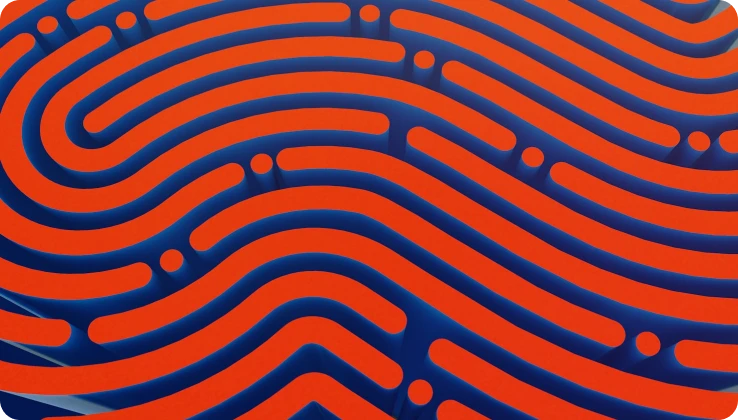


Australia – Online Safety Act
Bangladesh – Pornography Control Act
European Union – Digital Services Act
Canada – Protecting Canadians from Online Crime Act (Bill C-13) and Online Harms Act (Bill C-63)
New Zealand – Harmful Digital Communications Act
Philippines – Anti-Photo and Video Voyeurism Act
Singapore – Online Safety (Miscellaneous Amendments) Act
United Kingdom – Online Safety Act
From July 2025, platforms face new duties under the Online Safety Act. These duties include taking proactive measures to protect against image-based abuse.

Live Broadcast Model & Content Creator

Live Broadcast Model & Content Creator

Top 15 Pornhub Performer

We offer an optional server-side FFM (Forensic Filtering Module) plugin that intercepts and protects content before it reaches the CDN. This layer helps mitigate scraping, browser extensions, and automated capture attempts. However, it may introduce slight delays or compatibility trade-offs, so its use should align with your platform’s risk appetite and performance requirements.
A distributor mark is an invisible platform-level identifier embedded alongside user-specific fingerprints. It allows all content delivered through a particular platform (e.g. a dating app) to carry its own unique trace. This mark is applied server-side, before the image is accessed, and enables platform-wide detection if content leaks, regardless of the individual user.
Yes. This ensures clarity and control over how attribution is embedded and reported.
No. Overlay generation must occur server-side to ensure forensic integrity and control. However, client-side application of overlays is fully supported using the assets retrieved via API.
No. Embedding watermarks requires server-side processing. Client-side environments can apply pre-generated overlays during playback or rendering, but they cannot create or embed watermark payloads independently.
Not on the client side. Watermark quality is preserved through careful server-side encoding and placement strategies. While no perceptual optimisation runs in the client, all overlays are designed to remain visually non-disruptive under standard viewing conditions.
Billing is based on unique WM_IDs (Watermark Identifiers). Multiple overlays linked to the same WM_ID—such as those used for rotation or different resolutions—are counted as a single billing payload. This keeps costs predictable even for complex implementations.
Watermarked images are delivered in under 100 milliseconds on average. Because the fingerprint is embedded server-side at the point of access, there’s no need for reprocessing or transcoding. This ensures fast delivery without disrupting the user experience.

Embedded at Access, Not Upload
With options for pre-CDN and edge delivery
No need to string together delivery tools.










